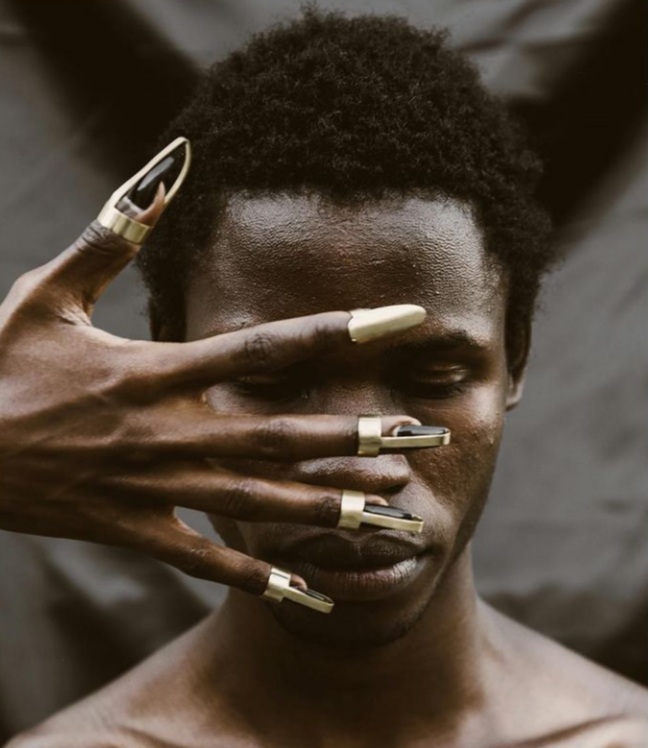“It’s funny that people consider what I do jewellery because I don’t consider it that necessarily” says Theresia Kyalo the twenty five year old artist, maker and creative convener who in the space of three years has created a buzz around her work that has spread far beyond her native Nairobi. Kyalo and I speak after a devastating fire at the workshop in Kibera where many of the team of artisans she works with are based. For someone who has gone through something so harrowing she is remarkably calm. Beyond the logistics that getting back to work will entail; “I have other connects in a different area so I can work from there for now”, she offers briskly, her focus is on the artisans in Kibera getting back to work, both for her and their other clients. She is also concerned by the wider issues that a lack of infrastructure within the creative industries in Kenya causes. “In a different world what happened to us (the fire) should not have paralysed us as much as it has because there would have been systems in place. I really want to put systems in place that will sustain longevity.” For Kyalo, the creation and development of her own practise is just one part of the equation. Of equal import is fostering an enabling environment for artists to not only be, but thrive. It is a dual mandate that runs through the body of her work which she humbly downplays as ‘working with metal’ but which has presented those who have seen it with a radical take on what jewellery is and can be in the future.
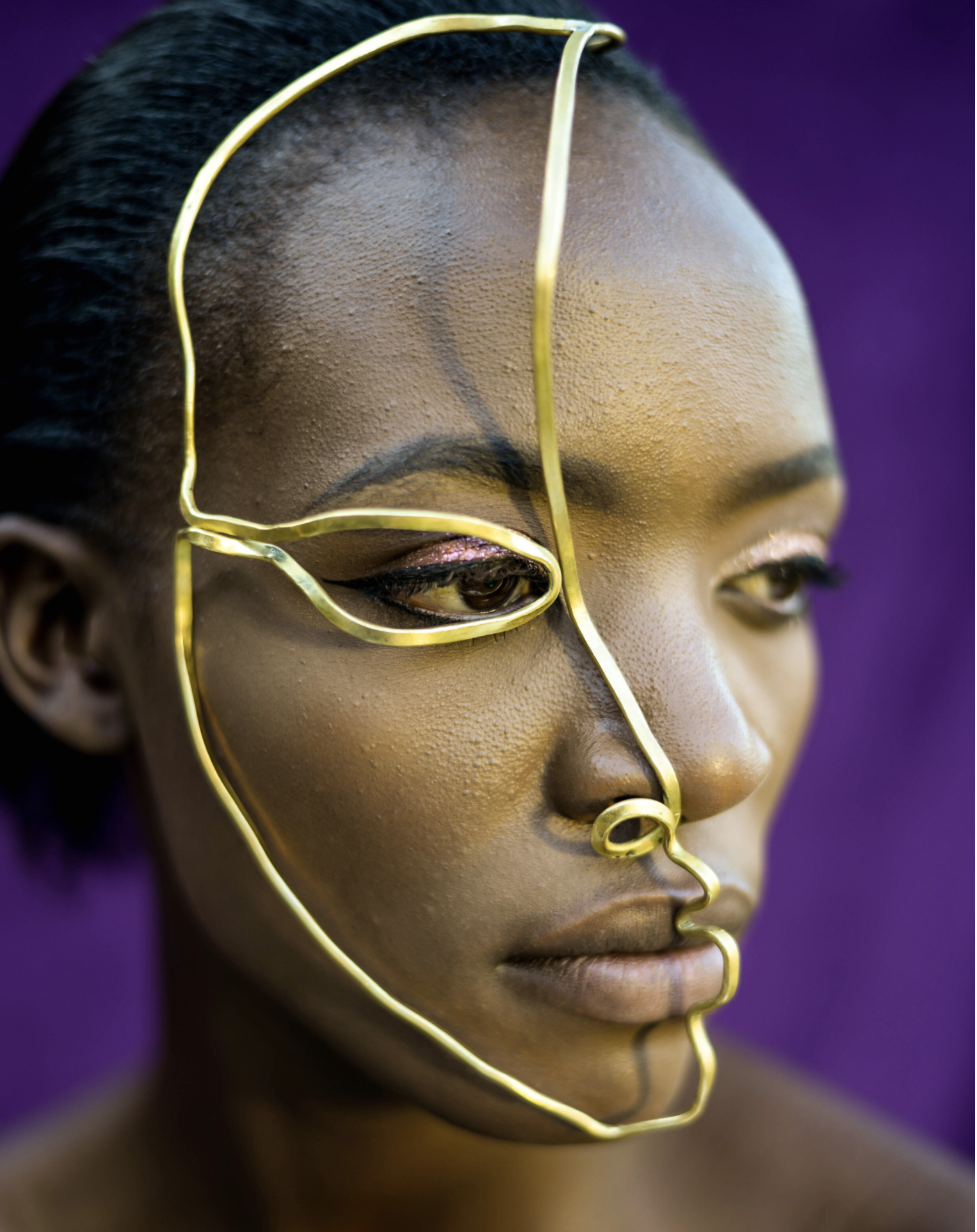
Jewellery as Art and Cultural Barometer
Kyalo first came to prominence with her electrifying face pieces that walk the tightrope of adornment and sculpture. Part of her Body Pieces project and made of brass, each piece’s name in Swahili evokes the body part it is either adorning or resembles. Uso Mzunguko, which means ‘Spiral Face’ follows the jaw line before looping in the aforementioned spiral near the wearer’s cheekbone, Uso Jicho means ‘face eye’ and is an arresting piece, Kinga Pua means ‘nose protector’ (and was a piece subsequently featured in the Beyoncé film Black Is King) and Kofia Kidole which means ‘finger hat’ – a stunning interpretation of jewellery for the hands – moving the viewer from the conventional base of the finger to its tip. The pieces are emblematic of the tension Kyalo has created in her body of work so far, where viewers’ perceptions do not always align with her conception and intentions. She sees herself as a creative custodian of culture, researching deeply, adding contemporary interpretations to age old concepts but also drawing deeply from her own imagination.“I think it is something that happens indirectly to a lot of artists, we end up extracting things from different sources and they inform our work in different ways.” Indeed for many who find the pieces that frame the face or different parts of the body as avant-garde, edgy, never-thought-of attire, they would do well to look at historical photographs which show that African adornment was not limited to what conventional jewellers present us, and how we have all been somewhat indoctrinated by western norms. Kyalo’s work challenges this, blends references freely, and makes the end results covetable across generations and cultures.
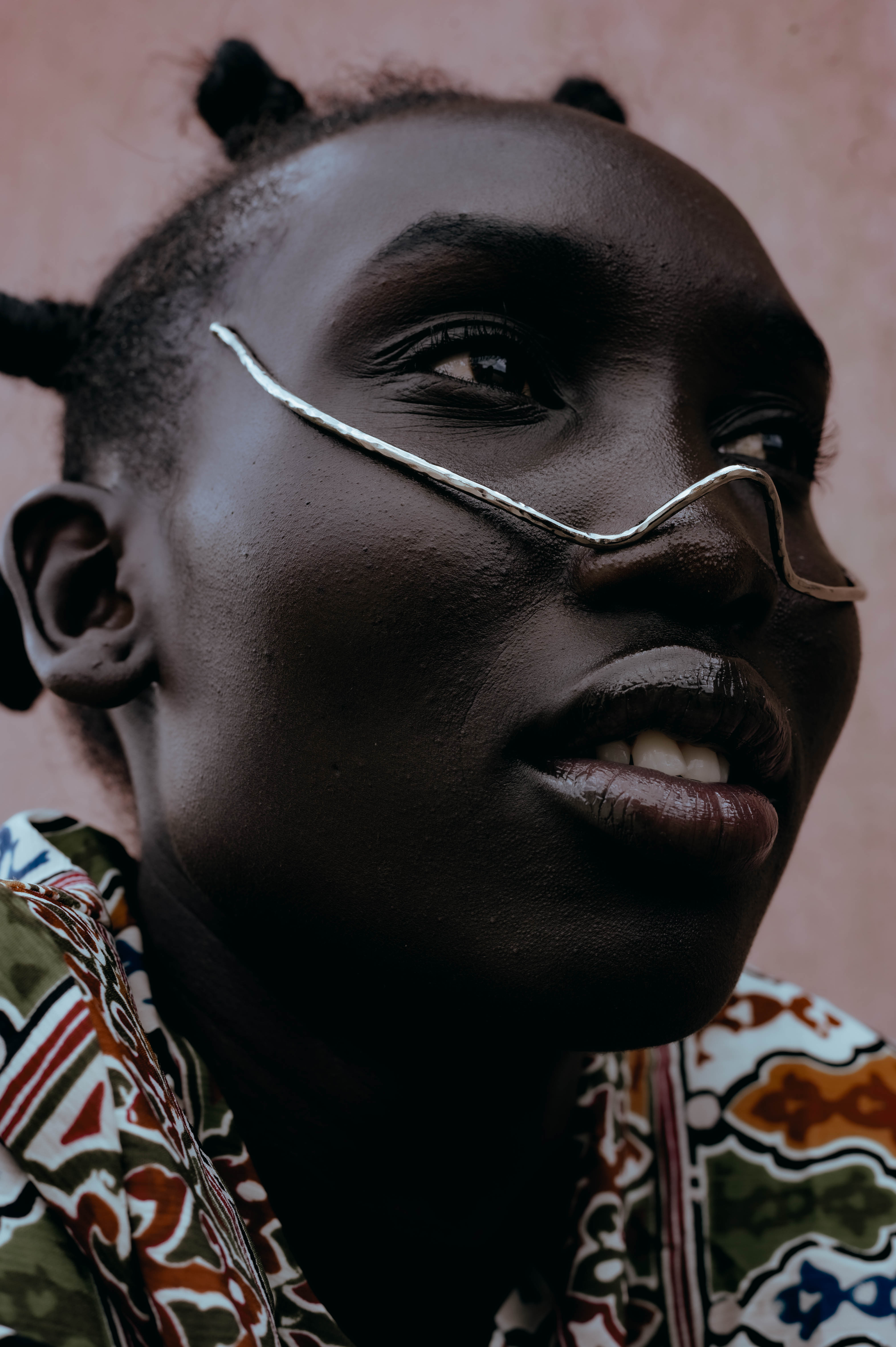
Returning to her conflicted state regarding jewellery and her place in the contemporary African canon of designers she reflects: “I really struggle with it because once you start describing yourself as a jewellery designer people expect you to make collections and to have pamphlets and booklets of things and that’s not my business model and that’s not how I work.” Kyalo’s resistance is not pushback for the sake of, but a timely questioning of a system that is neither kind to the planet or edifying to many in the supply chain who work in it. For makers the present commercial jewellery model is relentless in its demands of more product to sate the demands of an easily distracted but never fully satisfied customer base. Yet, even when we consider the end consumer, we have a finite number of body parts to adorn, so why the quest for more? For an artist who sees her work as having a permanent place in collectors’ hearts and minds, the notion of collections and drops points to the very opposite, and it is one that Kyalo bravely resists.
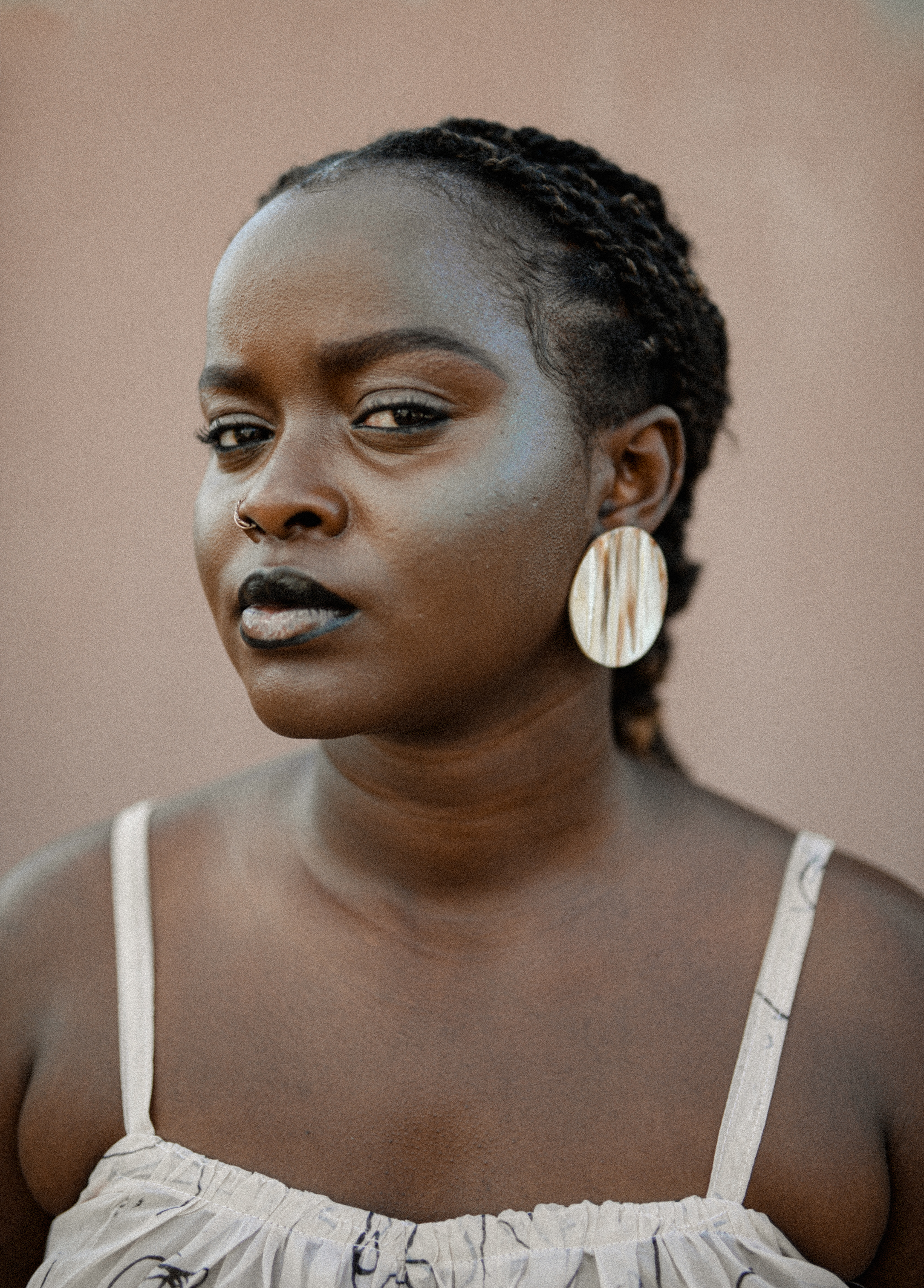
An Autodidact Crafting a New Pedagogy
Kyalo did not study jewellery at university, but trained as a lawyer. “I was still in college and I wanted to embark on something different” she recalls, taking herself to Kibera, a neighbourhood in Nairobi that is known as much as a hub for the ‘juakali’ or informal sector as it is for being the largest slum in Africa. “I partnered with an artisan and I told him I want to learn, and he thought it so funny. He was like you are not just placing an order? You want to learn how to make the things? And I was like, Yeah! So we started making a bunch of things.” In her recounting one is struck by how socioeconomic class and access to knowledge play a pivotal role in the jewellery system in Africa and in many ways stymie it, something Kyalo herself is acutely aware of and wants to change. Of terms such as ‘craft elevation’ which has become something of a one-size-fits-all term, especially when designers, particularly those with some sort of western training or exposure talk of engaging local African artisans in work, she is neutral, but only to a point. “I think there isn’t anything wrong with these phrases, however, are you compensating your people well? It becomes problematic when people use these terms to their advantage and really do not give praise to the actual people on the ground doing the work.” She also adds the importance of authenticating claims rather than bandying terms and increasing the price accordingly adding: “You say you are using age old techniques but what are they? Have you talked about it? You say you are elevating, but how? What new thing did you bring to the table or are you just using the old stuff and calling it new?” We both laugh at this point cognisant of a trend that is only set to expand without further interrogation of the veracity of claims. Indeed, as the booths at international design and art fairs such as PAD and TEFAF become awash with creatives providing so-called love-letters to African craft, Kyalo’s pragmatic, transparent and respectful approach when working with artisans is not only admirable but necessary.
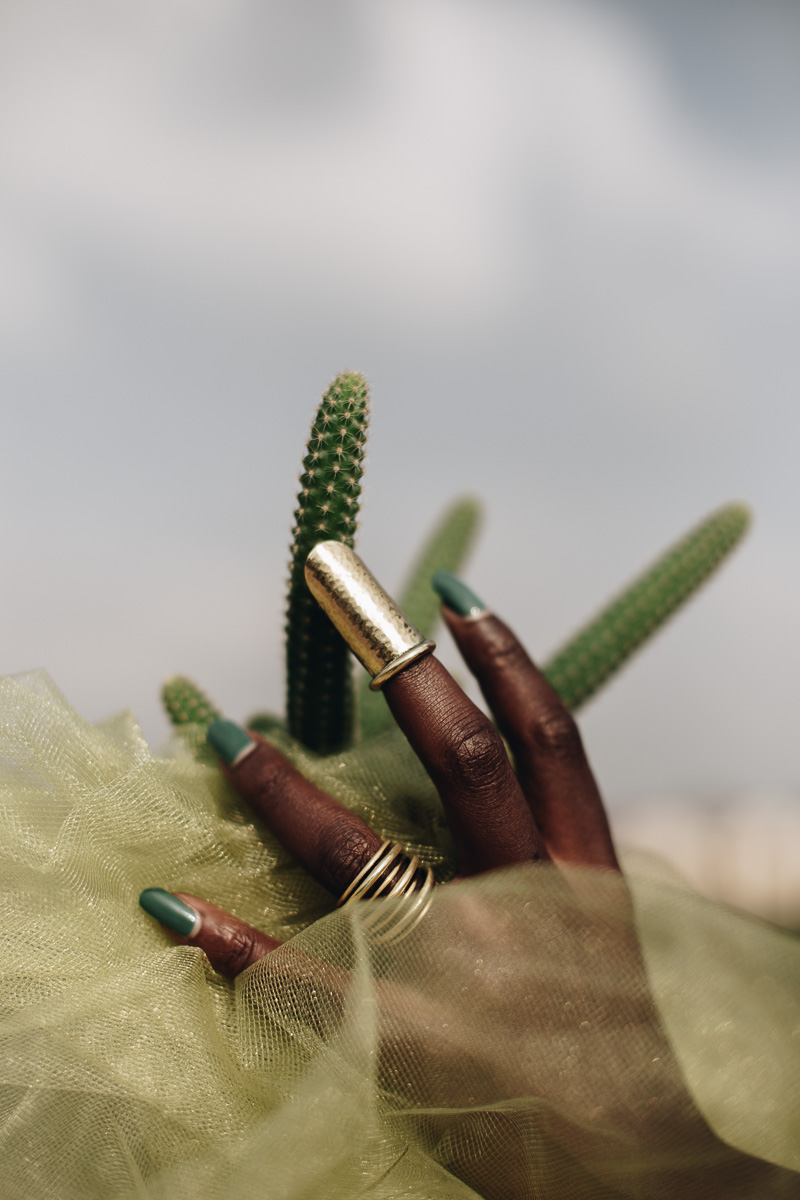
However, Kyalo is not satisfied with carving a successful niche for herself. Looking outwards is at the heart of what she does. She notes how the heavy gender skew of male to female artisans needs to be addressed especially in light of youth under-employment in Kenya. Additionally, a reassessment of the juakali sector is urgently required. “A lot of girls don’t know that this is an option for them. And this goes to us really unlearning things. Going to high schools and showing young people that this is an industry because for a lot of people there is a misconception that artisans don’t make money, which is a lie. I know most of the guys at the workshop that when it is a good day, it is a GOOD DAY.” For her part, Kyalo is making skeletal plans of how her future studio will address this in a microcosmic way: gender parity, professionalising practical training, creating clear benchmarks and certifications, with an end goal of dismantling the status quo of artisanal work being only for men and for a particular sort of man at that. Kyalo is also a fierce advocate of safeguarding measures such as insurance, healthcare and pension plans for all workers.“That is my goal. That is my dream…a solid foundation so it doesn’t just come crumbling down.”
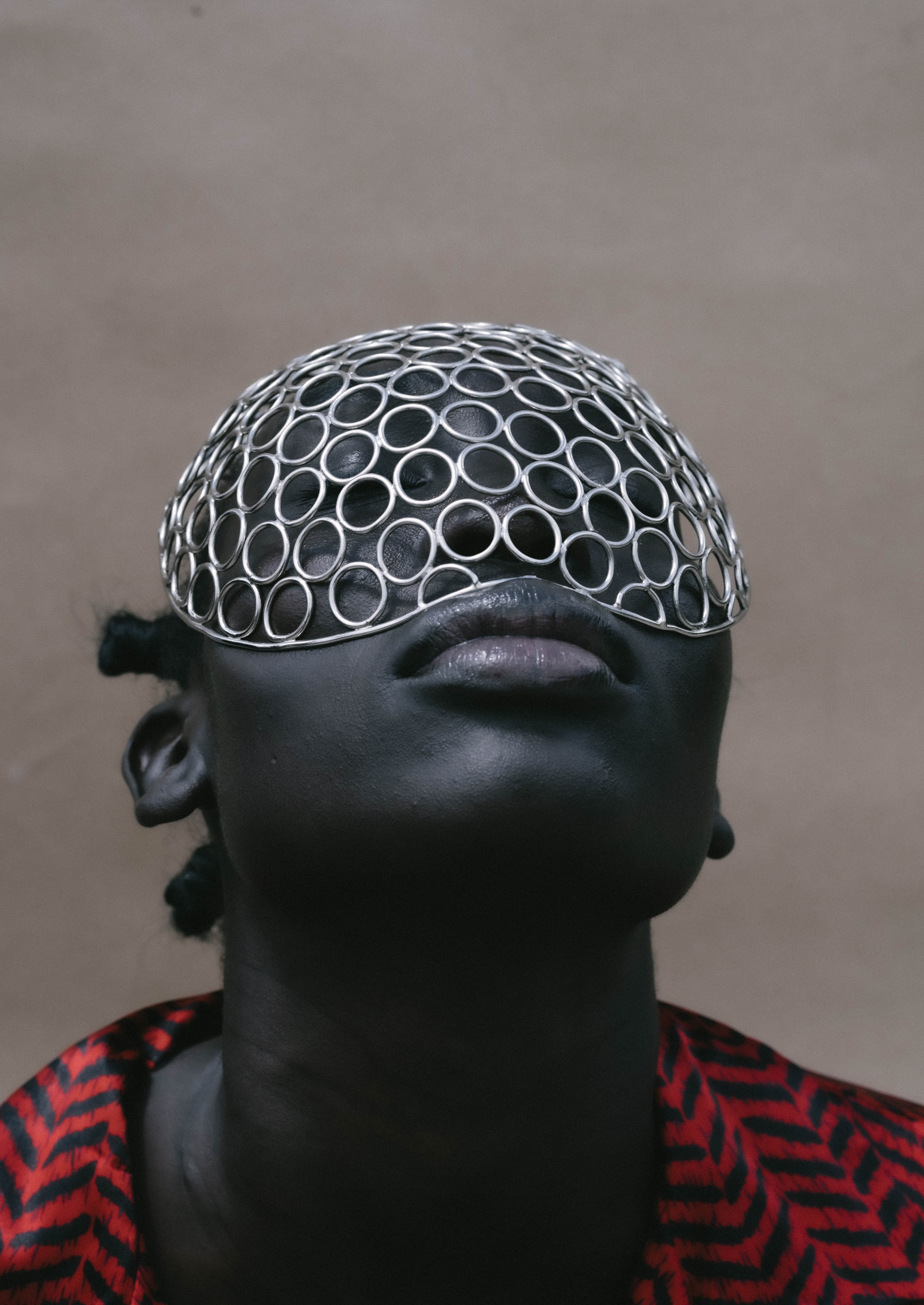
Belonging to a generation that has been digitally literate from birth has allowed Kyalo to successfully navigate Social Media and the opportunities it presents for artists. “Because I am such a storyteller I am very big on visual presentation. I can not just put work out for the sake of it. The aesthetic has to be strong, it needs to have a message and it needs to prove a point.” Scrolling through Kyalo’s Instagram page it becomes clear that this is not an abstract claim lacking evidence; there is nothing as basic as jewellery photographed on a white background. Instead stills photography and short films are all part for the course, creating a multi-dimensional conversation between artist, objects and the viewer. Her collaborations often riff on themes within her work making them more than a mere merchandising exercise but another lens from which to explore ideas. Particularly notable are 11 stages of awakening, an editorial conceived by Kyalo herself and photographed by Gathigia Kinyua, Sacred Faces photographed by Brian Siambi and the original campaign accompanying Body Pieces photographed by Edwin Njeru. The overall effect is immersive, intriguing and informative something older artist friends have been quick to compliment her on although Kyalo self deprecatingly adds “I think my youth works for me a lot of times because I am in touch with both worlds.”
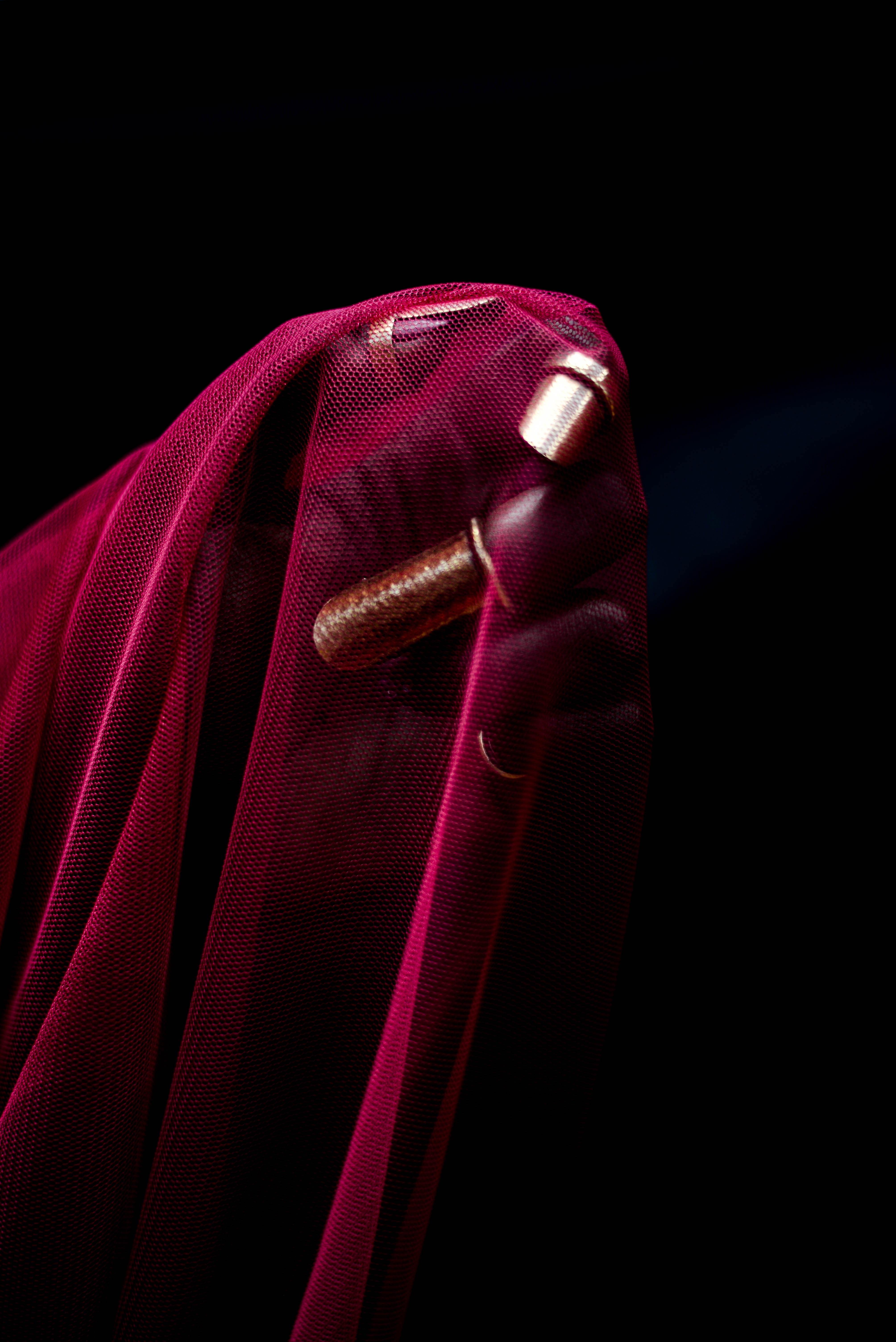
Kyalo’s design process is anchored in meticulous research, as her series Ode to the Adinkra Symbol attests. Adinkra, symbols that communicate age old aphorisms and philosophies of the Akan people of Ghana were the starting point for her project that was crafted in cow horn (responsibly sourced from the cattle farming industry) and took as its central thesis the enduring truths rooted in African traditional belief systems. Although Kenyan, Kyalo is mindful when making based on her explorations of other African cultures and is passionate about artists being respectful in reinterpretations. However, she stops short at spoon feeding her audiences: “It is not my job to really make people catch up with my thoughts. …whether you get it now or next year that’s your problem but you will get it eventually. Some people will get it instantaneously… others will be like It looks weird , I don’t quite get it but she is doing her thing so that is fine” Being untethered to how her work is received has also allowed Kyalo to explore other disciplines, most recently textiles where her line drawings, that are often the starting point for her existing body of work have been re-imagined into embroidered curtains and wall hangings using dead-stock fabric. It is yet another example of her refusal to be boxed in by perceptions, and although her clients are equally split between Kenya and overseas, staying in `Nairobi is central to her long term plans.
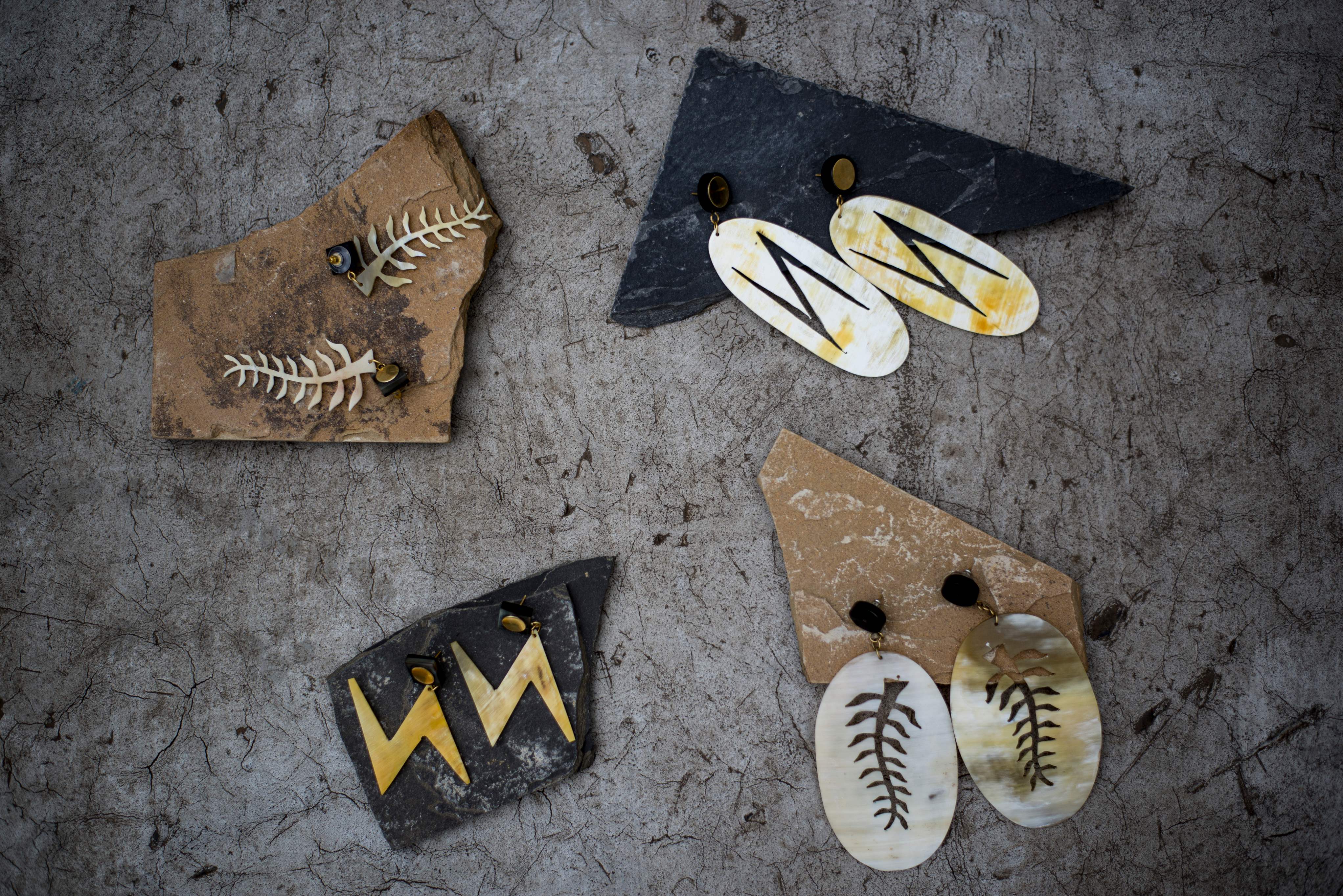
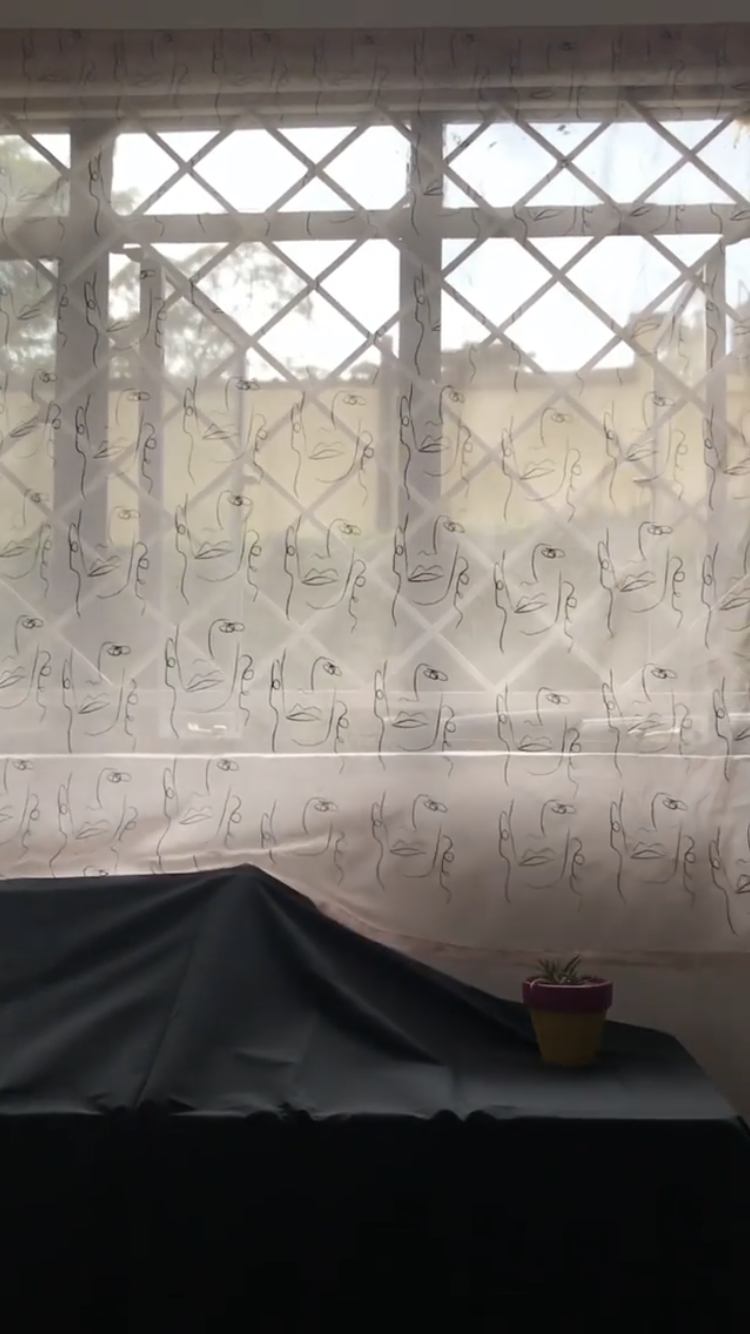
Working beyond Clout Chasing
We inevitably alight on the summer of race reckoning as 2020 will be known to future generations. Kyalo, like many black creatives experienced a spike in commercial and media interest as a result of the killing of George Floyd in May 2020 and the global race protests it sparked. “It was problematic visibility…it was a backhanded kind of visibility” Kyalo notes reflecting back on the deluge of requests for interviews, lists collated and articles hastily written that put a spotlight on black excellence. Whilst some of the interventions might have been borne out of good intentions, one cannot ignore the precursor for the collective volte-face from a media which had placed many black artists actively or otherwise on the margins and always contingent to whatever their white counterparts might be doing. Whilst some black artists have chosen to ride the wave of freshly minted celebrity, and the attendant attention and commercial possibilities it might invite, Kyalo’s design and work process, pandemic and recent fire aside, remains unchanged: sketching out pieces first, experimenting with her team, road-testing samples herself and making final adjustments. “How I navigate this is I let my work speak for me.” It would be easy, indeed natural given her age for Kyalo to jump feet first into the media melee and performative posts that have flooded timelines, but her eyes are clearly fixed on her long term vision, one that will endure long before a hastily clicked like.
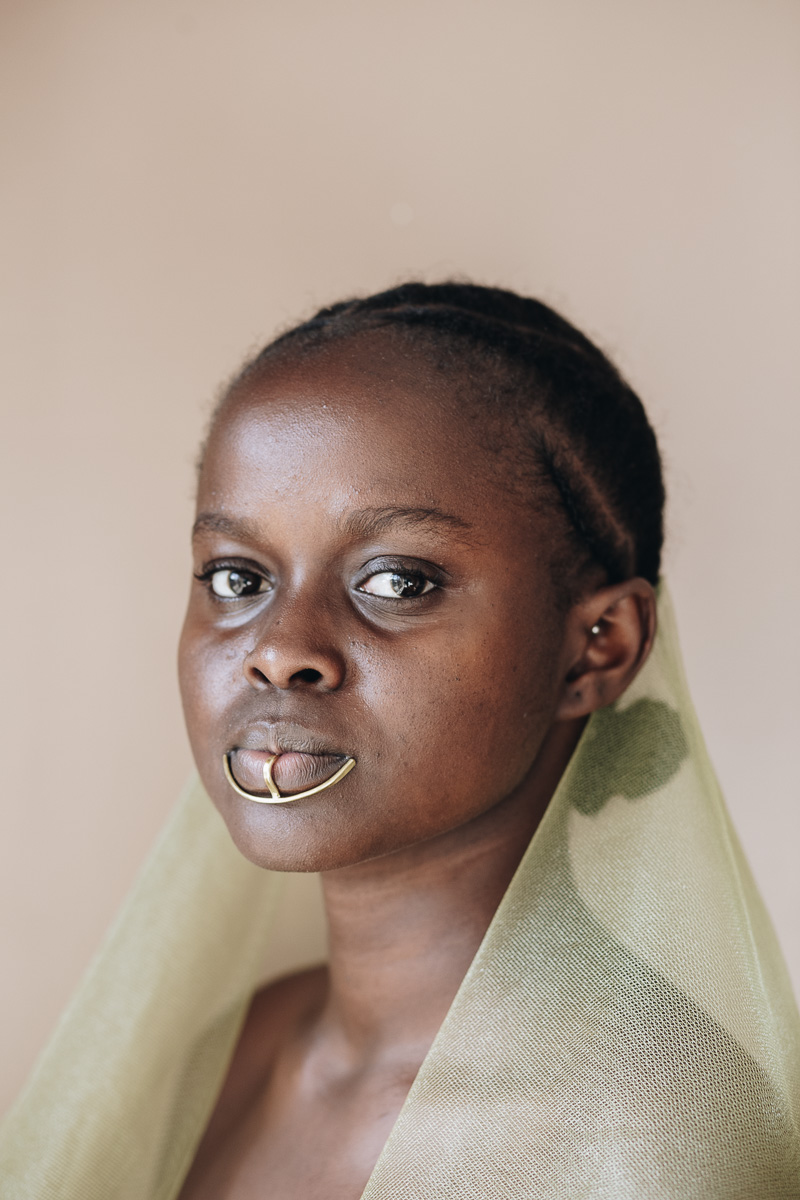
.There was however, one list Kyalo was comfortable to participate in – the Beyoncé endorsed Black Parade. Explaining her rationale she states “it was made with a purpose…I really like that they considered looking at black people who are not only from America.” `For Kyalo it resulted in more US clients but she is cautious about seeing critical acclaim from overseas or intercessions from any other external advocates as the only viable routes for long-term success for artists working in Africa: “We are at an era where we can form our own visibility here in our own capacity” Focusing on the possibilities of her current and chosen location segues into the artists she admires who are all from Africa. Kyalo cites South African fashion designer Thebe Magugu, Kenyan fine artist and personal friend Peteros Ndunde and the Senegalese ceramics artist Faty Ly as holding particular resonance for her and inspiring her to push boundaries and improve in her craft.
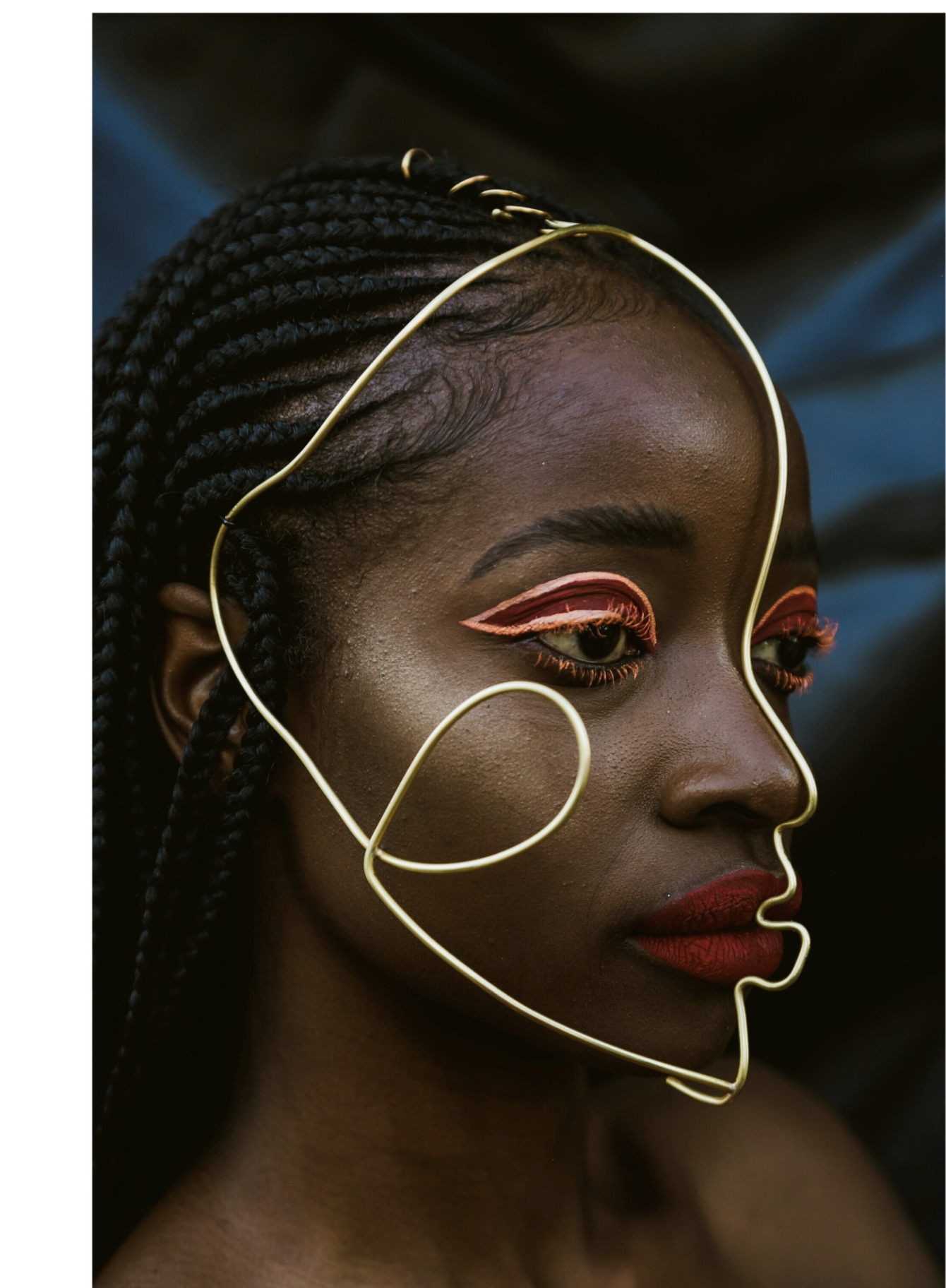
For Kyalo, the real work beyond building systems that create a healthier jewellery industry ecosystem is fostering and deepening continent and diaspora wide relationships. “The BrushTu collective have been very instrumental in my growth as an artist” she notes of the Nairobi based contemporary art collective which includes fine artists Maina Boniface, Lincoln Mwangi and Waweru Gichuhi among their number. Also up for discussion as she looks forward to future works are an expansion of materials Kyalo uses in her work, whilst maintaining her brand ethics of sourcing responsibly and consciously. “I am currently working on something that will use tsavorites” she shares, excited by both the prospect of departing from the familiar and the possibilities that a foray into fine jewellery might hold. She adds “I do want to source gemstones locally first, but anywhere else in Africa would be great for other stones, Zambia is a good example with emeralds.” Kyalo is in step with many younger interdisciplinary makers who are placing materials provenance, authenticity of intentions and working conditions on an equal footing to building a brand.
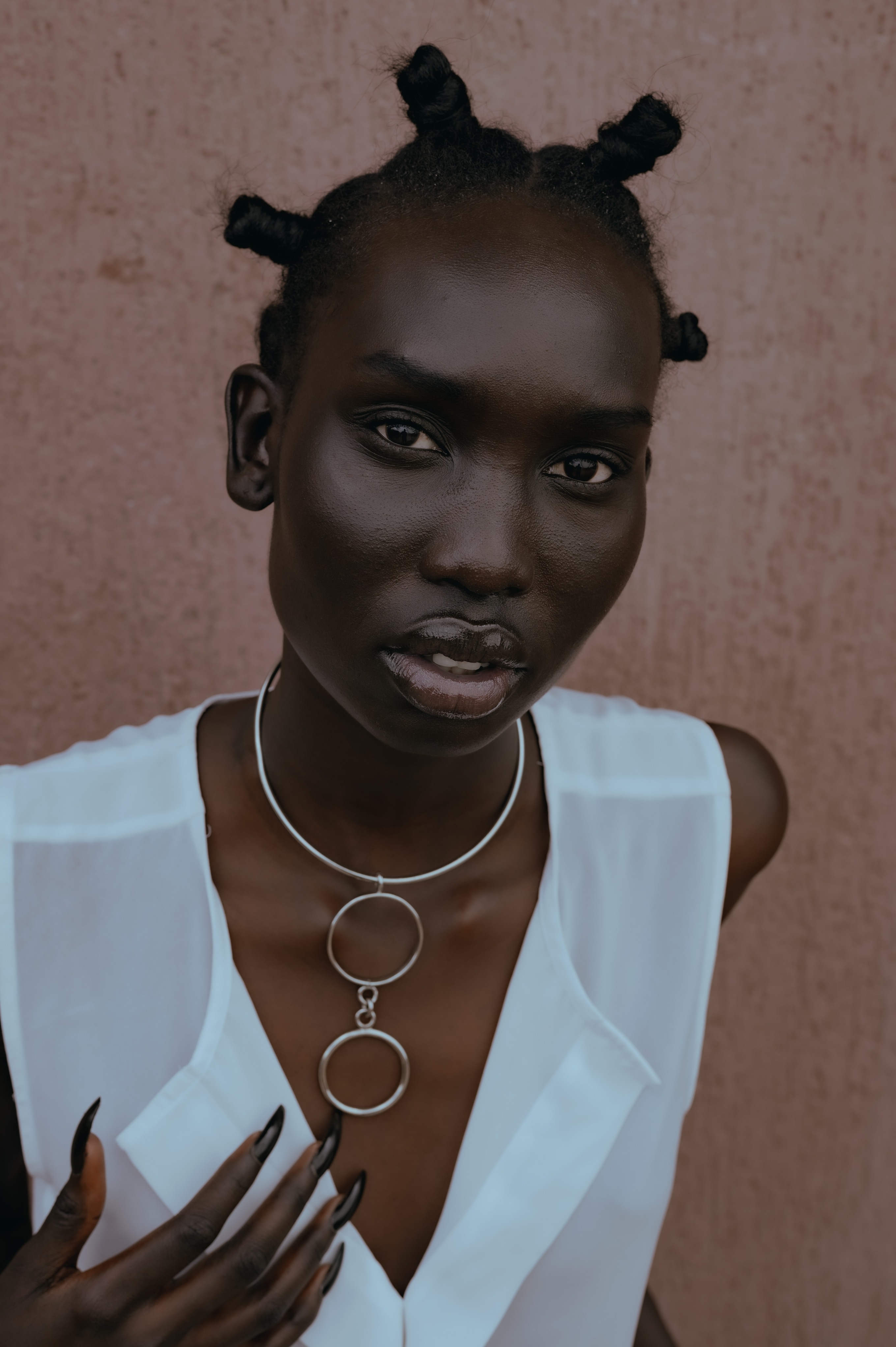
Curiously for this current age of instant everything, Kyalo is surprisingly old-school in trusting the process rather than rushing at top=speed to reach an imagined marker of success. She possesses a purposeful tranquility, both in her speech, where she takes time to respond to questions, seemingly sketching out the possible answers in her mind before giving them, and in her deliberate decision to be omnivorous in her artistic oeuvre and see where these explorations take her body of work over time. That she chooses to work on a human-scale level, with items crafted by hand, speaks to her desire to leave a tangibly positive mark on communities: from those currently in her employ to those that will be trained by her in years to come. As our time together draws to a close she returns to perceptions. “In terms of being an artist and being a jewellery artist I think a lot of westerners who dissect our work expect it to have a deeper meaning all the time. I hate that. I don’t want people to be ‘oh ah, it is an African designer, what is it that they meant by this?’ If I meant something, great. But if I didn’t it is okay. It doesn’t lose value because there isn’t a deeper meaning you know. Westerners do that all the time. They make shit and it doesn’t mean anything and people rally behind that. We can do that too.” Kyalo’s point is prescient especially in this age of increased visibility to creators living and working in Africa or from her diaspora. It is one thing to create, even to find stockists globally, and the attendant accolades. But when your work is always interpreted in a pre-existing narrative of what it is to be you, that has ironically been created by someone else, it irks and ultimately it disenfranchises. Pulchritude for pulchritude’s sake. Made for our gaze primarily, but others are welcome to the party and can participate should they wish. It sounds like wishful thinking, and a revolution.
